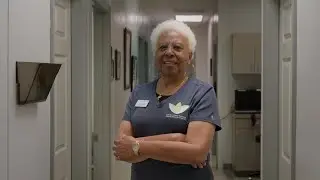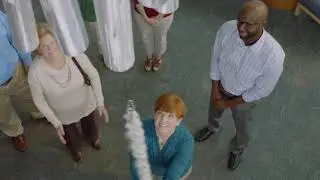Fear factor: Study shows brain's response to scary stimuli
GAINESVILLE, Fla. — Driving through his hometown, a war veteran with post-traumatic stress disorder may see roadside debris and feel afraid, believing it to be a bomb. He's ignoring his safe, familiar surroundings and only focusing on the debris; yet, when it comes to the visual cortex, a recent study at the University of Florida suggests this is completely normal.
The findings, published in the Journal of Neuroscience, show that even people who don't have anxiety disorders respond visually at the sight of something scary while ignoring signs that indicate safety. This contradicts a common belief that only people with anxiety disorders have difficulty processing comforting visual stimuli, or safety cues, said Andreas Keil, Ph.D., a professor in UF's College of Liberal Arts and Sciences.
"We've established that, in terms of visual responding, it's not a disorder to not respond to a safety cue," Keil said. "We all do that. So now we can study at what stage in the processing stream, with given patients, is the problem occurring."
Co-authors Keil and Vladimir Miskovic, Ph.D., both members of the UF Center for the Study of Emotion and Attention, examined the effect of competing danger and safety cues within the visual cortex. The study results could help distinguish between normal and abnormal processes within the visual cortex and identify what parts of the brain are targets for the treatment of anxiety disorders.































